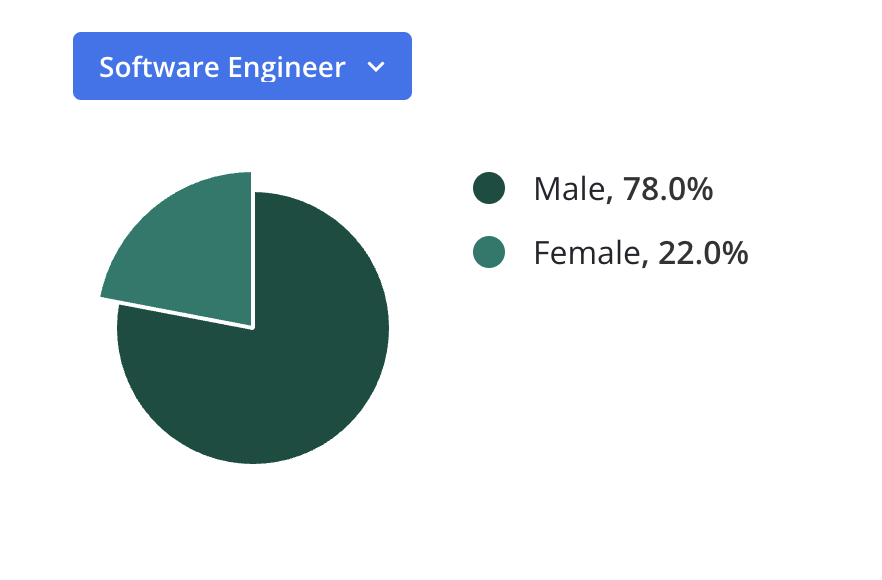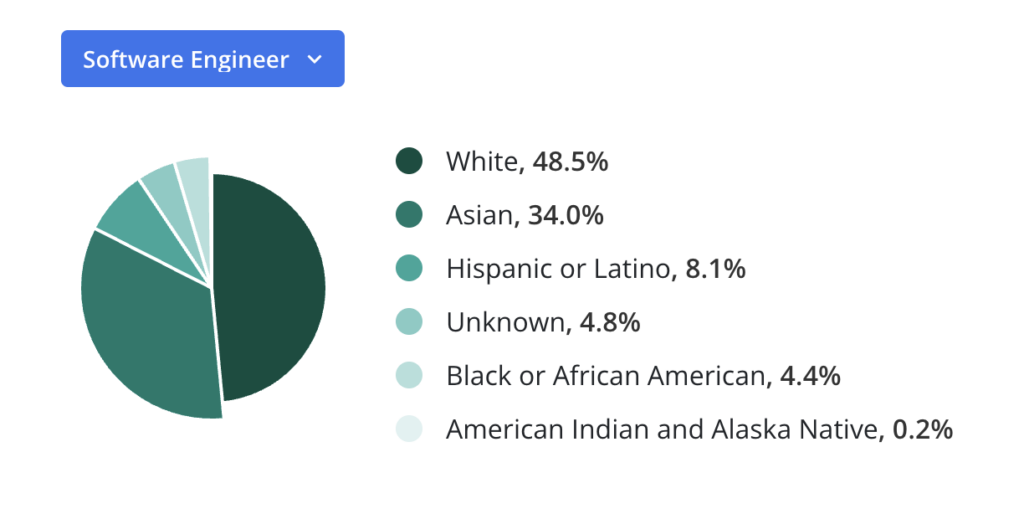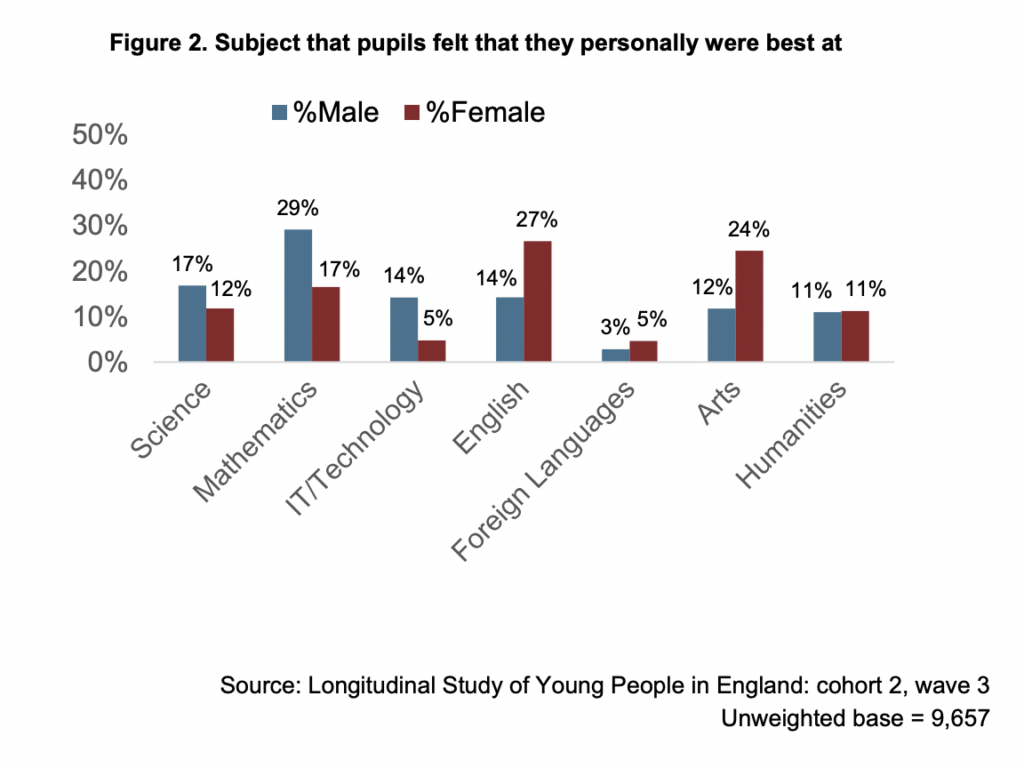While diversity and inclusion efforts are becoming a priority in telecom, glaring gender and racial gaps remain
The evolution of 5G into a more open, software-defined and cloud-native network technology brings with it material changes in the types of skills connectivity vendors and providers need to design, build and manage telecom networks. As this technology and workforce evolution unfolds, there is growing emphasis being placed on diversity and inclusion, because it’s the right thing to do, but also because it’s good for business.
“To illustrate to you just how important Verizon thinks this is, I’ve been in this role for not quite a year, and it was formed precisely to work on these issues,” Nicki Palmer, chief technology ambassador at Verizon, told RCR Wireless News. She went on to explain that Verizon had already been implementing “tons” of new programs and strategies around diversity, but like much of the telecom sector, continued to find that it wasn’t enough: “There are a few things we know: We know the work is changing, dramatically; we know that as good as we are, we are nowhere near where we want to be [with diversity].”
Her role, then, is to take a serious look at the trends, technical and otherwise, and model out the numbers to help Verizon meet its workforce goals, including those around diversity and inclusion. “The broad trends are really showing themselves, but when you couple those trends with the trends that we see in women and diversity in STEM and what’s happening with tech talent generally, to me, it evolves into almost a crisis situation if you believe that you really need — not just want — a diverse workforce to usher in all of the revolutionary stuff,” she said.
According to Zippia’s latest data, only 12.3% of telecommunications engineers in the U.S. are women. Further, 64.5% of all workers with this job title are white. Women fair slightly better when it comes to the role of telecommunications analyst, where 36.7% are women, according to Zippia. Again, though, over 60% of those in this role are white. When you look at roles out in the field, the gender gap becomes even more glaring: A shocking 94.4% of telecommunications installers are men.
Perhaps most notable, though, is that as the shift towards network virtualization and software-defined networking requires more code to be written and also changes the way that code is developed, the global need for software engineers is through the roof. In fact, According to the Bureau of Labor and Statistics (BLS), 1.2 million software engineer roles in the U.S. are to remain unfilled by 2026, and the US Labor Department estimates that the global shortage of software engineers may reach 85.2 million by 2030. However, current numbers suggest that women and people of color stand to miss out on becoming part of this highly sought-after workforce.

The Zippia data shows that only 22% of software engineers in the U.S are women. And when it comes to race, 34% are Asian, 8.1% are Hispanic or Latino, while a mere 4.4% identify as black or African America and another devastating .2% are American Indian or Alaska Native.

In response, at least to the gender gap, programs like Vodafone’s Code like a Girl program, which offers coding courses to young women, are growing in popularity around the world, as are other efforts that foster an interest in STEM fields more broadly within underrepresented groups. Such programs aim to tackle the fact that young girls, when compared to their male counterparts are overwhelmingly more likely to believe they are not good at STEM subjects, even though research suggest they often perform better on exams. According to findings published in 2019 by England’s Department for Education, 60% of boys cited one of the STEM subjects as their best, while just 33% of girls did the same. Further, 32% of girls said a STEM subject was their favorite, compared with 59% of boys.

While much of these efforts focus on gender diversity, Elizabeth Rumsey, Vodafone Business’ senior global product manager, has seen that definition of diversity evolve over her 10 years at the company. She commented that initially, diversity in the telecom space almost exclusively referred to gender diversity. “We had our target to get to 30% women in senior manager and above roles, which we met,” she said, adding that now, though, efforts have come to touch on a much broader definition of diversity. “Now there are a lot more goals around cultural diversity and a lot more activity, internally, is around neurodiversity for things like ADHD and dyslexia.”
Because you can’t see neurodiversity in the same way you might be able to visually identify someone as male or female or by the color of their skin, Vodafone conducted a voluntary survey to help it get this data on its current workforce. The data, Rumsey explained, helps Vodafone develop the right programs to support its neurologically diverse employees.
Another major workforce shift, according to Rumsey, is that telecom companies are embracing “other routes” into the industry via things like apprenticeships and graduate programs. It is new perspectives such as these that represent the perfect intersection of the emerging networking and technology trends like Open RAN, automation and network virtualization — all which require a new level of workforce agility and reskilling — and the push to make telecom careers more accessible. “Education and life-long learning is becoming even more important because everything is evolving so fast, so whatever you know when you join the industry, you’re going to have to continue to upskill over your career anyways, especially as we’re living and working longer. It’s more about continuous learning, not the formal certification when you’re twenty-something years old. It’s taking a more diverse view of how to assess those things,” Rumsey summarized.
Vishal Mathur, global head of engagement at Telecom Infra Project (TIP), also connected the dots between the tech trends and the diversity trends, commenting: “You think about how the industry is changing and there is a real paradigm shift in the way network engineering works all the way from how students are taught and who is brought on board and enrolled in universities. I would hope to see real government and industry action towards driving forward a balanced workforce.”
He shared that TIP is finding that diversity and inclusion is high on the list for nearly every operator, vendor, integrator and government it speaks with. “Gone are the days of this being a man’s world,” argued Mathur, adding that instead telecom is becoming a world for whoever wants to be here. “And this can be a force of nature in driving this industry forward,” he said.
For a deeper dive into the state of diversity & inclusion in the telecom industry, register here for our Women in Telco event taking place on March 14th.

